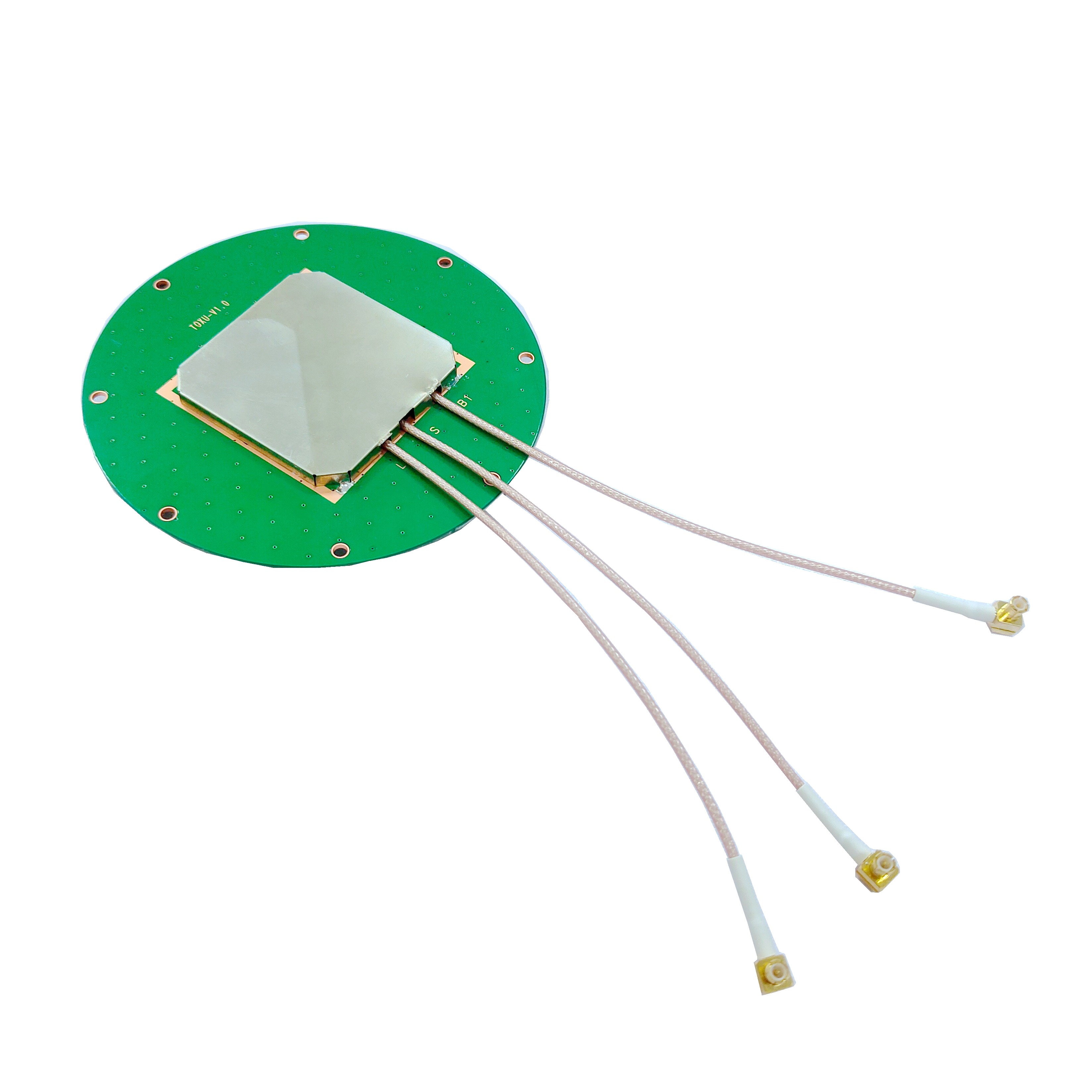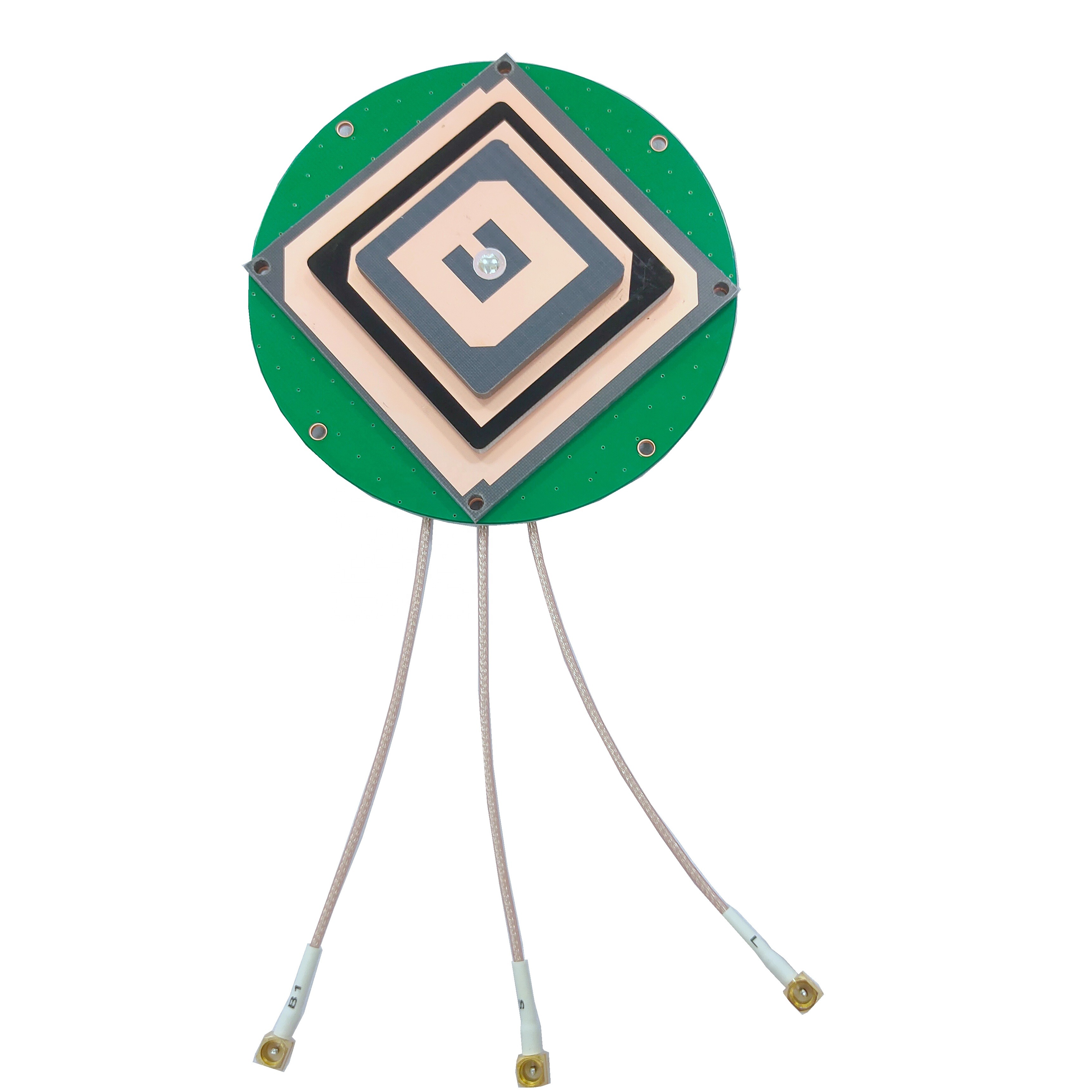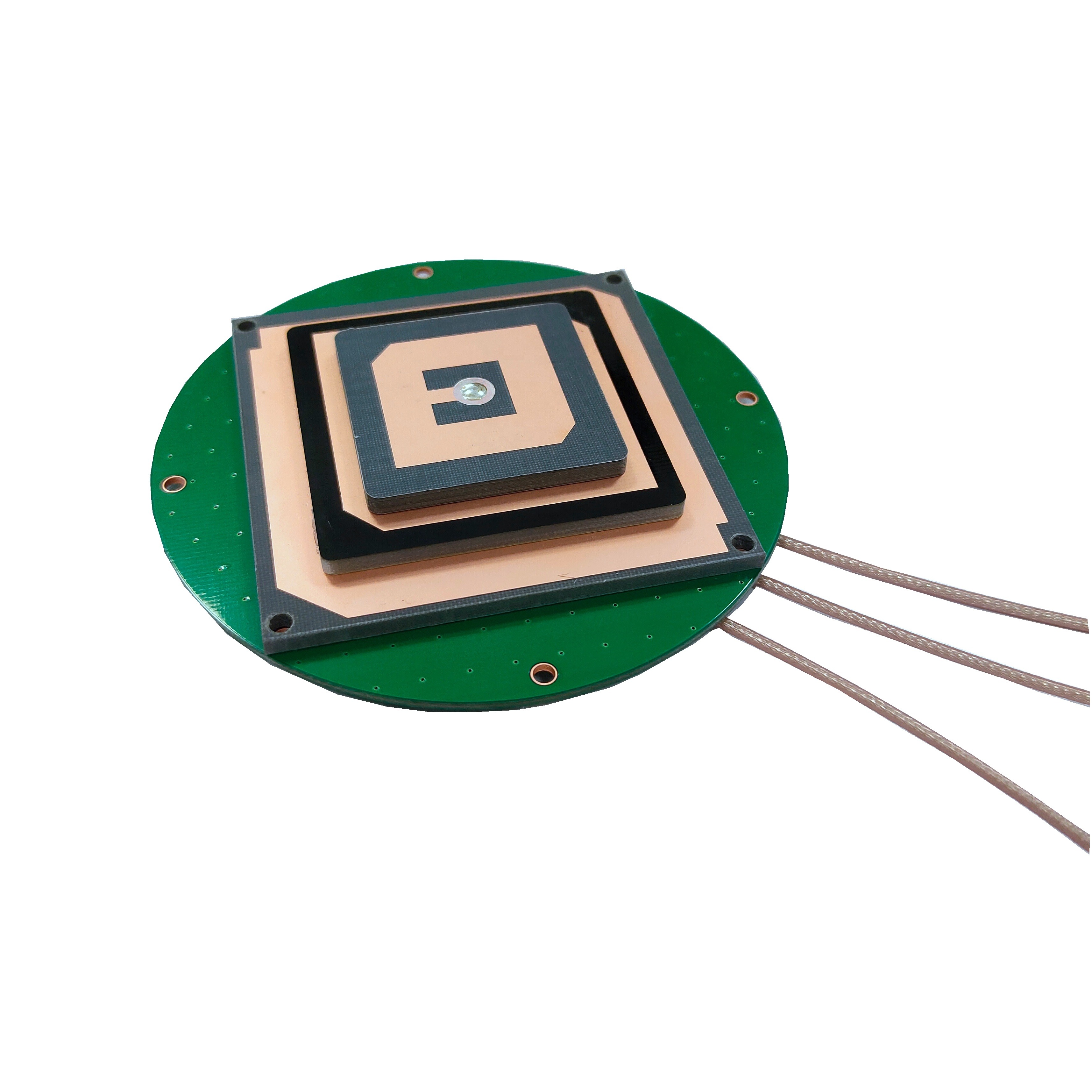5.1 Current Applications
5.1.1 Precision Agriculture
In precision agriculture, high - precision embedded RTK GNSS antennas are used in a variety of ways. Tractors and other agricultural machinery are equipped with these antennas to enable automated guidance systems. This allows farmers to drive their equipment in straight lines with centimeter - level accuracy, which is crucial for tasks such as plowing, seeding, and spraying. The precise application of fertilizers and pesticides based on the exact location of the crops helps to reduce input costs and minimize environmental impact. Additionally, drones equipped with embedded RTK GNSS antennas are used for crop monitoring, allowing farmers to detect areas of stress or disease in their fields more accurately.
5.1.2 Construction and Surveying
In the construction industry, these antennas are used in heavy equipment such as excavators, bulldozers, and graders. The accurate positioning provided by the antennas enables operators to perform tasks such as grading a site to a specific elevation or digging trenches with precise dimensions. In surveying, surveyors use handheld or vehicle - mounted devices with embedded RTK GNSS antennas to map out land boundaries, create topographic maps, and monitor the progress of construction projects. The high - precision data collected by these antennas ensures that construction projects are completed on time and within budget.
5.1.3 Autonomous Vehicles
The automotive industry is increasingly relying on high - precision embedded RTK GNSS antennas for the development of autonomous vehicles. These antennas provide the centimeter - level accuracy required for self - driving cars to navigate safely on the roads. In addition to helping with general navigation, the antennas can also be used for tasks such as lane - keeping, parking, and avoiding collisions. The integration of RTK GNSS technology with other sensors such as lidar and cameras in autonomous vehicles creates a more robust and reliable navigation system.
5.2 Future Trends
5.2.1 Integration with 5G and Beyond
As 5G networks continue to expand, there is a growing trend towards integrating high - precision embedded RTK GNSS antennas with 5G technology. 5G offers high - speed data transfer, low latency, and the ability to connect a large number of devices. This can enhance the performance of RTK systems by enabling faster and more reliable transmission of correction data between the base station and the rover. In the future, with the development of even more advanced wireless technologies, such as 6G, the integration with GNSS antennas may lead to even more precise and responsive positioning solutions.
5.2.2 Miniaturization and Power Optimization
The trend towards miniaturization of electronic devices will continue to drive the development of smaller and more power - efficient high - precision embedded RTK GNSS antennas. Researchers are exploring new materials and design techniques to reduce the size of the antennas without sacrificing performance. Additionally, efforts are being made to optimize the power consumption of these antennas, which is especially important for battery - powered devices such as wearable trackers, small UAVs, and Internet of Things (IoT) devices.
5.2.3 Enhanced Signal Processing and AI - based Algorithms
Advancements in signal processing and artificial intelligence (AI) are expected to play a significant role in the future of high - precision embedded RTK GNSS antennas. AI - based algorithms can be used to improve the antenna's ability to detect and reject multipath signals, as well as to adapt to changing environmental conditions. For example, machine learning algorithms can be trained to recognize patterns in the received GNSS signals and make real - time adjustments to the antenna's performance. This can lead to more accurate and reliable positioning in challenging environments.
Conclusion
High - precision embedded RTK GNSS antennas have become indispensable components in a wide range of applications, from precision agriculture to autonomous driving. Their ability to provide centimeter - level accuracy, support multiple satellite constellations, and be integrated into compact devices has revolutionized the way we approach positioning and navigation. Despite the challenges they face, such as interference, atmospheric effects, and cost, continuous research and development are leading to innovative solutions.
As we look to the future, the integration of these antennas with emerging technologies like 5G and the development of advanced signal processing techniques will further enhance their performance. The miniaturization and power optimization efforts will open up new possibilities for their use in a broader range of devices, including IoT devices and wearable technology. High - precision embedded RTK GNSS antennas are set to play an even more significant role in shaping the future of positioning - based applications across various industries.




































































 Language
Language
 En
En Cn
Cn Korean
Korean

 Home >
Home > 







 18665803017 (Macro)
18665803017 (Macro)













